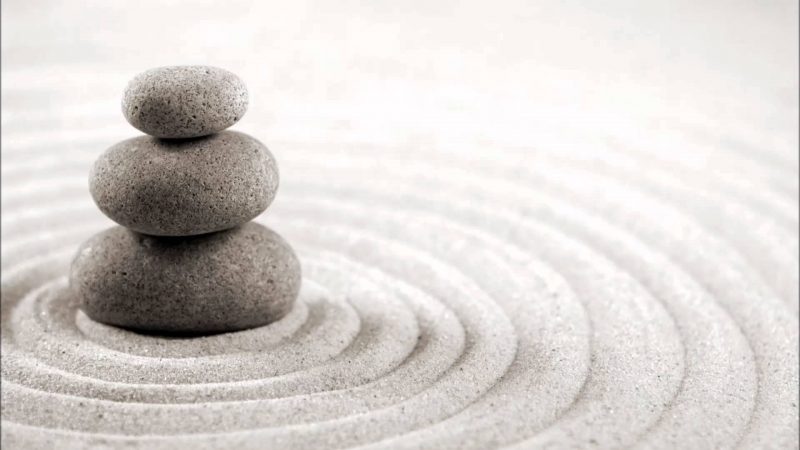“Flow” is a peak state of a person when he or she is focused on one thing and completely immersed in it. Some people call it the state of peak performance.
Surely, you have been in a state of flow playing your favorite game, programming, browsing web pages, playing a musical instrument or discussing your favorite topic.
A state of flow is characterized by deep concentration, a sense of lightness, joy, and confidence. You are deeply immersed in what you do and lose track of time. Does this sound familiar to you?
Below there are methods that help to get into a state of flow. It’s useful to apply them when you feel that you are working unproductively.
Contents
A state of flow has several advantages and here they are:
- You become very productive and do more in less time.
- You are concentrated on doing one task (which is not so easy nowadays).
- You feel great – happy, calm and confident.
Stimulation
The secret of getting into а state of flow is getting the required number of incentives for the selected task. Incentives can be either internal or external. The number of necessary incentives depends on the person and the chosen task.
With a low amount of incentives, you feel apathy, fatigue, boredom, lack of motivation. When the amount of incentives is too high, you become impatient, nervous, irritable and agitated. In any case, you do not show the best results and are likely to lose focus.
When you are in a state of flow, you feel calm, confident and motivated. You work as productively as possible and do it effortlessly.
Unfortunately, most people vacillate between extreme states (lack of incentives and an excessive amount of them) during the day.
Care should be taken of your body, thoughts, and feelings to see what state you are in and to act in accordance with the situation.
The following guide will help you to get back into a state of flow.
How to get into a state of flow, if you are nervous (an excessive amount of incentives)
Signs hyperstimulation:
- You are easily annoyed by people, interruptions, noise, and failures
- You feel overwhelmed and do not know how to cope with the situation
- You have a large number of thoughts
- Your heart beats faster and stronger than usual (adrenaline)
- You make quick and shallow breaths
In such a situation, you can use any of the steps below to reduce anxiety and get into the state of flow:
- Take a short break: sometimes 10 minutes of sleep or walk in the fresh air is enough to “reset” your condition and reduce stress.
- Start breathing slowly and deeply: breathe in for a few seconds, then slowly breathe out, pressing the tongue against the teeth, making a hissing sound (like hissing of a snake). Repeat several times.
- Divide the task into several subtasks: you can unconsciously worry about the problem. Divide it into several subtasks or sequence of steps to reduce anxiety.
- Clean the head from excessive information: your brain is probably loaded with plenty of challenges and thoughts about work, family, finance and so on. Take a pen and unload everything on a piece of paper to get your brain focused on one task.
- Take a shower: a good shower will relax the muscles of the body and your mind.
- Think about something that relaxes you: beach, memories of a loved one or a holiday.
How to get into a state of flow, if you have an apathy (small amount of incentives)
Signs of a lack of incentives:
- You’re feeling bored, despite the fact that you have a task, you need to perform
- You feel sleepy and tired
- You are indifferent, have low motivation and feel depressed
- You want to eat something sweet or salty.
If you are in such a state, the following steps will help you to get into the state of flow:
- Complicate the task: if the task is too simple and boring, you can simply lose interest in it
- Move: walk, run, jump, dance, get your body moving
- Have a snack or a drink (not alcohol): but be sure that you do not eat too much sugar
- Observe the right balance of pain and pleasure: ask yourself what will you feel if you do not cope with the task, and how will you be pleased if you perform it.
- Turn the music loud, it will make you optimistic and give motivation. For the best effect, use headphones.
- Turn on multitasking mode for a short time. Of course, multitasking is not effective, but it is better than not performing tasks at all. Turn on multitasking mode for 5 – 15 minutes, until you feel motivate again. Chat with friends, turn on the TV-set and make a call. You’ll cheer up a bit. But in any case, do not make it a habit.
Summary
We hope you’ve enjoyed the article and the guide will be useful for you. Here’s how to use it:
- The next time you feel that you are not working productively use the guide above to determine in what state you are: overstimulation or lack of incentives.
- Then apply one of the methods above to return to the state of flow.
- Use the above methods moderately, otherwise, they will lead you to extreme conditions. Keep in mind that you need to get the right amount of incentives, not too much and not too little.
Also, you can use helpful tools, applications that will organize your workflow. In this way, you will track and manage your activity to avoid stress. If you learn how to quickly return to the state of flow and make it a kind of habit, it will definitely make you a happier, more productive and more confident person.





